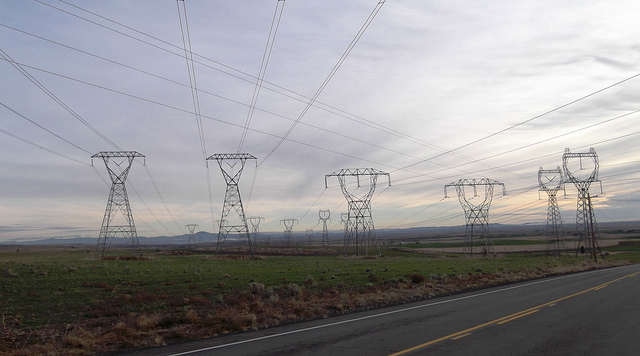New regulations in California are set to open up the market for large-scale energy storage and battery technology developer Primus Power has just raised charge into the fray. The Hayward, Calif.-based battery startup has raised $20 million for a new round from strategic investor Anglo American Platinum through its Platinum Group Metals Development Fund.
Previous investors Chrysalix Energy Venture Capital, Kleiner Perkins Caufield & Byers, I2BF, and DBL Investors have committed another $15 million to the company over two previous rounds of funding.
Primus’ new investment comes as other battery companies tackling large-scale energy storage for utilities have stumbled. Xtreme Power, a Lyle, Texas-based company raised $48.5 million from venture investors before declaring bankruptcy earlier this year. A123 Systems, which was also attempting to develop grid-scale energy storage technologies in addition to manufacturing lithium-ion batteries for cars and power tools, was bought out of bankruptcy by the Chinese manufacturer Wanxiang Group in January 2013.
For South Africa-based resource developer, Anglo American Platinum, the investment in Primus is an attempt to juice consumption of its platinum ores – almost like an Intel investment in computers and software to drive chip consumption. The fund is also an investor in Canadian fuel cell manufacturer Ballard Power.
In addition to its venture capital commitments, Primus has also raised $20 million in government grants to tackle the grid-scale energy storage problem. These problems are caused by the intermittence of renewable energy coming online. Solar and wind power are not constant and grid scale storage is one way to ensure that power generated by these alternative energy sources is not wasted.
Globally the market for grid storage is expected to grow more than 30% over the next six years, according to a study by Navigant consulting cited by Primus Power. By 2020 the consulting firm expects the market for big batteries to reach the big sticker price of $21.9 billion. California, with its mandate for 1.3 gigawatts of energy storage coming online by 2020 is leading the charge.
Big markets like this bring out big competitors and massive industrial conglomerates like General Electric, the Japanese company NGK Insulators, and smaller companies like ZBB Energy are all developing new large-scale energy storage products.
What differentiates Primus from other batteries is its design. Unlike other flow batteries Primus’ batteries don’t have a membrane. The company uses a metal electrode which has twice the cost but can handle ten times the power density of other batteries, according to Tom Stepien, Primus Power’s chief executive officer.
“Our [batteries] can handle ten times the density, even at twice the cost we win on a factor of five,” he said. “The [other] difference is we have a single flow loop – other batteries have two tanks, two sets of pipes and two sets of pumps – the single flow leads us to a lower cost.”
Primus already will be shipping its first energy storage systems to a military base in Southern California later this year and is installing another set of energy storage devices at an existing sub-station run by Puget Sound Energy outside of Seattle.
For Kleiner Perkins the investment in Primus Power represents the firm’s third battery deal in two months. Battery companies in Kleiner’s portfolio including Aquion Energy and Amprius have raised a cool $100 million since January.
“There were a few rough years in cleantech,” said Nancy Pfund of DBL Investors – a backer of cleantech darlings Tesla Motors and SolarCity. “When you weed out the poor players there’s a huge opportunity that remains and we think the industry is just getting started.”
Photo via Flickr user brewbooks.
